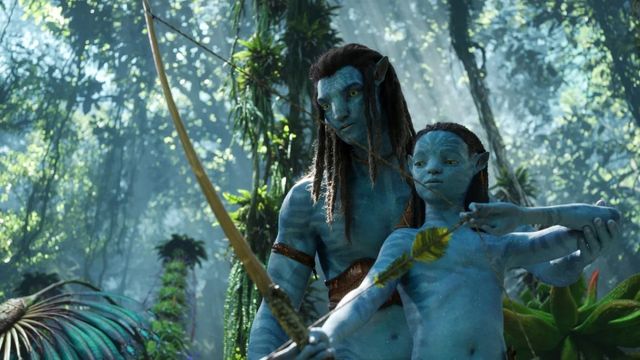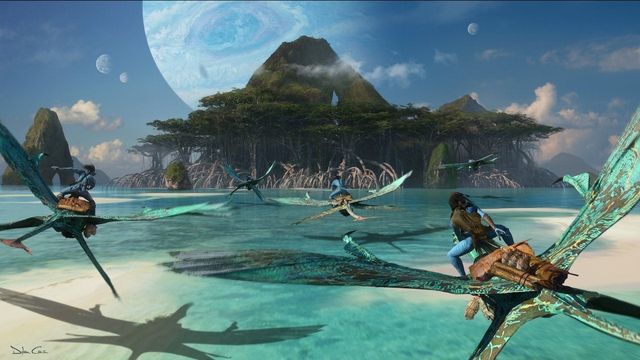Avatar: The Way of Water is a 2022 American epic science fiction action film and the sequel to James Cameron’s 2009 film Avatar.
It is distributed by 20th Century Studios as the second film in the Avatar series.
READ MORE:-Best DosMovies Alternatives Websites to Watch Movies and TV Shows Online
Cameron co-produced the film with Jon Landau and co-wrote the screenplay with Rick Jaffa and Amanda Silver, based on a story co-written by the three with Josh Friedman and Shane Salerno.
Avatar 2: The Way of Water Filming Locations
The film was shot extensively in California, Wellington, and the North Island of New Zealand. The filming for Avatar 2 and 3 began in 2017 and will continue until November 2019. The shooting was halted in March 2020 due to the onset of the covid pandemic.

However, production resumed in June 2020, and filming was completed in September of that year. Because the film was shot with a new motion capture system, the post-production work took two years. Here is a list of all the locations where Avatar 2 was filmed:
Manhattan Beach, California
The majority of the film was shot in Manhattan Beach, California, a city in Los Angeles County. The majority of the underwater sequences were shot here. The team used the MBS Media Campus at 1600 Rosecrans Avenue as their production base.
The media campus has a number of filming facilities, including production offices, 15 sound stages, and media centers. Manhattan Beach is famous for its 2.1-mile-long beach. The area is well-known for its boutiques, brunch cafes, pubs, and upscale eateries, and it is frequently visited by surfers and volleyball players.
Wellington, New Zealand
A few key scenes were also filmed in Wellington, New Zealand’s capital city. The sequences were shot at Stone Street Studios, located at 1 Stone Street in Miramar.
READ MORE:-Here Are the Best Sites to Watch Movies Online Like 0123Movies!
The studio has four sound stages, a warehouse, multiple production offices, a prop center, and a large backlot area, making it ideal for filming and TV shows. The visual effects were also worked out in Wellington, as the production team used the Weta FX situated at 127 Wexford Road in Miramar.

North Island, New Zealand
Some scenes in the film were also shot in Kume, a town on New Zealand’s North Island. The town is in the Auckland region, one of the country’s 16 metropolitan areas.
The cast and production team were spotted filming at Kumeu Film Studios in 2019 and 2020. The massive studio includes a massive stage, multiple workshops, production offices, and two water tanks that could be used for underwater sequences.
Where Was Avatar: The Way of Water Filmed?
The preliminary shoot and testing began in 2017, but there were setbacks along the way. The first tests were conducted in a small water tank because the majority of the story takes place underwater. This happened over a few months, and then the team moved on to a larger water tank that held approximately 900,000 gallons of water.
The first obstacle that the project encountered was underwater performance capture. Even though we’ve made great strides in film technology, we still have a long way to go. James Cameron, the director, described how challenging the process of blending underwater filming is:
“It’s never been done before, and it’s extremely difficult due to the fact that our motion capture system, like the majority of motion capture systems, is optical base, meaning that it uses markers that are photographed by hundreds of cameras.
The problem with water is not the water itself, but rather the air-water interface, which forms a moving mirror. This moving mirror reflects all the markings and dots, and…”

“It creates thousands of false targets,” he continues, “so we had to figure out how to get around that problem, which we did.” It’s taken us about a year and a half to figure out how to do it.”



Comments are closed.